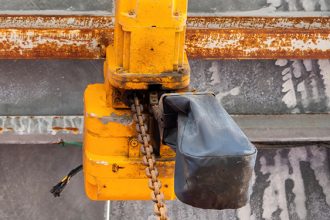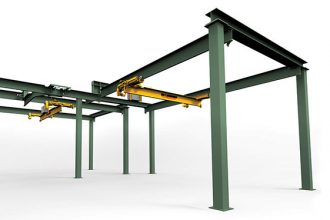Latest Overhead Handling Technologies Enhance Safety And Productivity
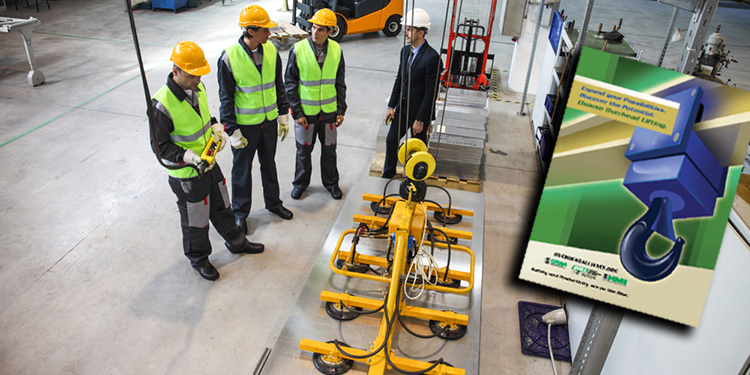
This is the twelfth in a series of posts detailing 13 reasons why overhead lifting and handling technologies — specifically cranes, hoists, and monorails — can improve a manufacturing or distribution operation’s efficiency, productivity, safety, and sustainability. Read more in the free Overhead Alliance publication, “Expand Your Possibilities. Discover the Potential. Choose Overhead Lifting.”
Cranes, monorails, and hoists have been on the cutting edge of load lifting, movement, and positioning since 1861. That’s when the first steam-powered overhead cranes debuted. Today — as with most material handling equipment — the latest overhead handling technologies enhance safety and productivity in manufacturing and distribution operations.
Today’s overhead handling technologies to help their owners ensure the safety of their operation while increasing handling speed and precision. These include:
Wireless Remote Controls
Using radio or infrared signals, wireless remote controls relay function instructions to the system. They allow a worker to direct the crane, hoist, or monorail’s operation from a safe distance away from the load.
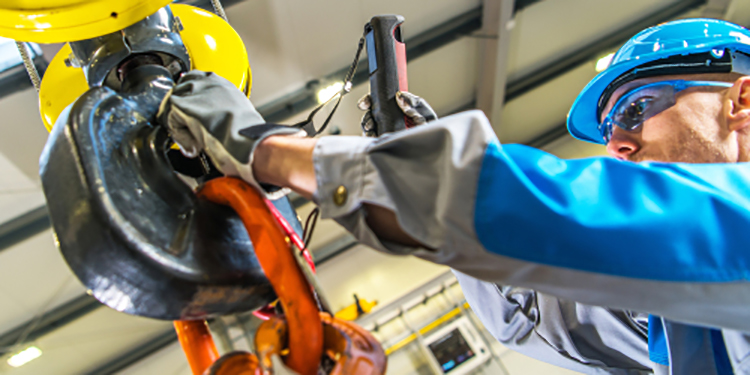
Variable Speed Controls
Integrated into both lifting and traversing motors, variable speed controls ensure smooth starts and stops. That improves load positioning, extends the lifespan of both gear trains and brakes, and minimizes the risk of damage to the handled item.
Overload Limiting Devices
Upper limit switches and other devices prevent the system from lifting loads whose weight exceeds the rated capacity of the overhead handling system. These overhead handling technologies significantly reduce the risk of damage to the crane, monorail, or hoist equipment. It also prevents accidents and potential injury to personnel.
Ergonomic Controls
Today’s remote control designs allow an operator to comfortably direct the function of the overhead equipment for long periods of time. Ergonomic grips, joysticks, buttons, levers, and other switches and settings minimize fatigue and reduce the chance of repetitive stress injuries.
Rope and Chain Material Advancements
The materials used to form the chains and ropes used to lift loads incorporate tensile strength enhancing features. These extend the life of the lifting system, reduce the potential for damage, kinking, fraying, and other issues, and ensure safe operation for years to come.
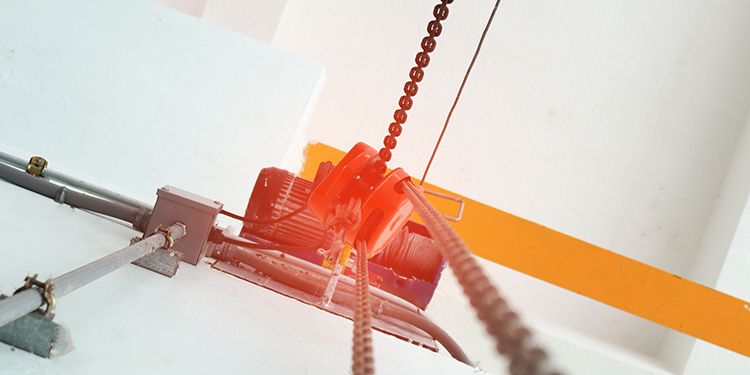
Electric Motor Advancements
The latest electric motors increase equipment reliability and duty cycles. They also minimize maintenance requirements and associated downtime.
Diagnostic Data Outputs
To help operations better monitor their overhead equipment, data outputs deliver information about key performance indicators. These include reports on hours of run time; starts on contactors and transformers; average load data; predictive maintenance scheduling; and more. Equipped with this information, an overhead handling system owner can quickly troubleshoot issues while minimizing the need for expensive repairs. Many overhead handling systems are also leveraging the Internet of Things (IoT) for remote monitoring and analysis of the equipment, it operation, and its components.
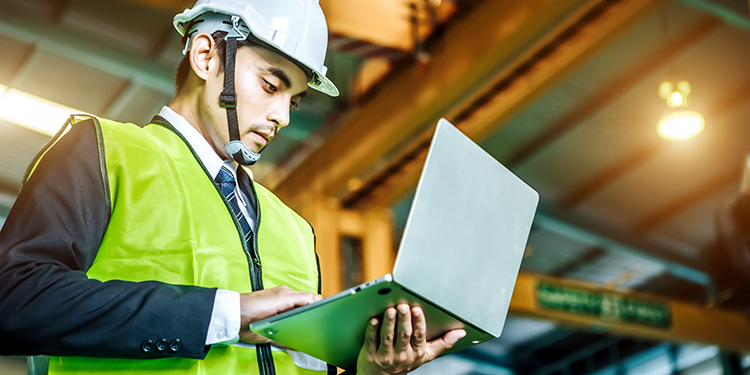
What other overhead handling technologies will increase safety and productivity in your facility? Thirteen different ways these technologies enhance manufacturing and distribution operations are explored in “Expand Your Possibilities. Discover the Potential. Choose Overhead Lifting.” This free guide is published by MHI’s Overhead Alliance (which includes the Crane Manufacturers Association of America (CMAA), the Hoist Manufacturers Institute (HMI), and the Monorail Manufacturers Association (MMA)).


